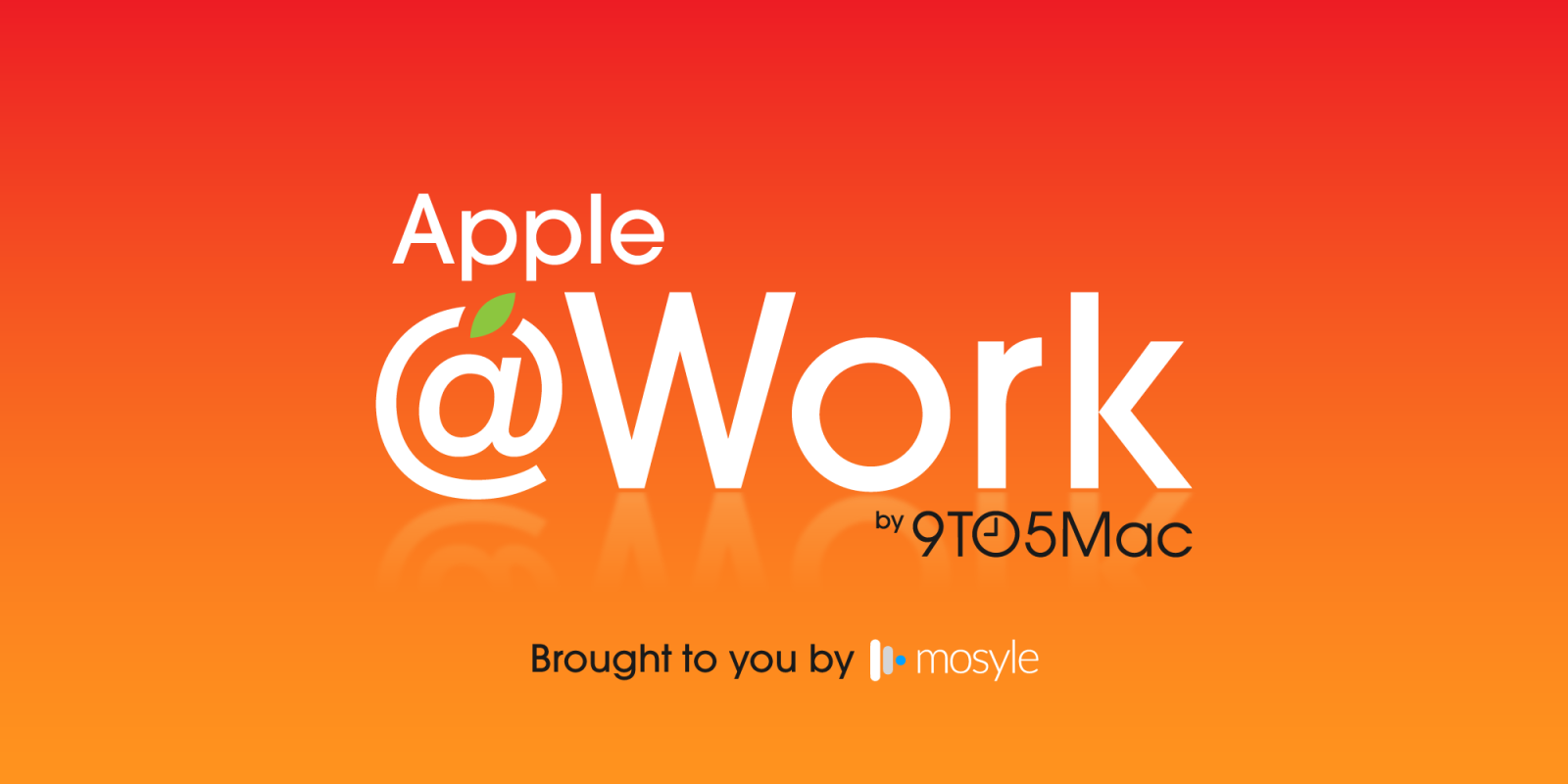
Apple @ Work is exclusively brought to you by Mosyle, the only Apple Unified Platform. Mosyle is the only solution that integrates in a single professional-grade platform all the solutions necessary to seamlessly and automatically deploy, manage & protect Apple devices at work. Over 45,000 organizations trust Mosyle to make millions of Apple devices work-ready with no effort and at an affordable cost. Request your EXTENDED TRIAL today and understand why Mosyle is everything you need to work with Apple.
As an Apple admin, it’s that time of year again: with Apple’s beta programs now open for macOS Sequoia, iOS and iPadOS 18, watchOS 11, and visionOS 2, it’s crucial to start your testing. This isn’t just lip service—it’s essential to ensure that your current infrastructure and applications will function smoothly with the new operating systems. Testing can seem brutal when there are countless other priorities, but here are some key tips to help you prepare effectively before the official releases.

Your Apple beta testing plan
1. Introduce many variables: Start by using different platforms in stages. Begin testing on a clean, non-production device, configuring it like a new one. Once done, test on devices running the current OS version by upgrading and running the same tests. Using actual hardware rather than virtual machines for accurate results is best, but it certainly makes it more complicated space-wise. If you use different types of machines, be sure to test them all. The root of this advice is to try to create various scenarios of which employees might be in as they upgrade. You’ll also want to test the process of enrolling them into your MDM and IdP. If you’re using Platform SSO, be sure also to test that heavily.
2. Focus on the OS: Begin with basic OS functionality—installation, upgrades, network connectivity, and accessories. One issue that comes up with many companies after the upgrades is that different USB-C docks and hubs will change behavior. If your company has a standard toolkit, it would also be smart to test them.
3. Evaluate your apps: For the key macOS and iOS apps your company installs on new devices, heavily test key workflows. While the apps may not be optimized for the latest features, note any issues and file tickets with the respective development teams.
4. Asses your environment: You’ll want to make sure that your essential services, such as email, VPNs, and EDR/Security tools, are compatible with the new OS. You can only delay the upgrade for 90 days after the release, so you’ll want to ensure that you communicate with those vendors during your testing process. It’s also absolutely critical that you test our zero-touch enrollment.
Apple @ Work is exclusively brought to you by Mosyle, the only Apple Unified Platform. Mosyle is the only solution that integrates in a single professional-grade platform all the solutions necessary to seamlessly and automatically deploy, manage & protect Apple devices at work. Over 45,000 organizations trust Mosyle to make millions of Apple devices work-ready with no effort and at an affordable cost. Request your EXTENDED TRIAL today and understand why Mosyle is everything you need to work with Apple.
FTC: We use income earning auto affiliate links. More.




